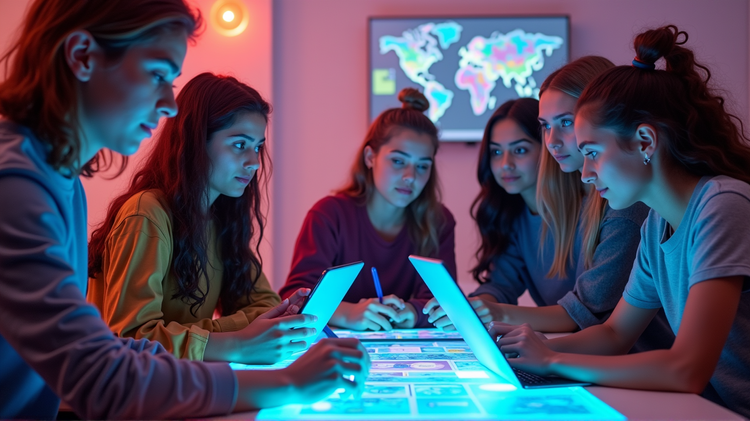TikTok's New Campus Verification: A Game-Changer for College Connections?

A transformative tool is stepping into the realm of social connectivity this school year as TikTok unveils its ‘Campus Verification’ feature, designed to help students form authentic connections in the digital world. This innovation is more than a mere addition—it’s a beacon for fostering genuine engagement among peers.
The Essence of Campus Verification
Insightfully crafted to weave together a student’s digital and academic life, Campus Verification allows college students to integrate their campus credentials into their TikTok profiles. What sets this feature apart is its use of the college email address for verification, providing a preliminary barrier against impersonation.
Yet, this journey towards digital connection doesn’t end there. TikTok collaborates with UNiDAYS, a student verification platform that offers an added layer of safety and authenticity, ensuring that students can transition smoothly into college life by forming bonds based on trust and shared experiences.
A Powerful Social Connector
As students enter this vibrant digital platform, they are greeted with opportunities to discover peers by searching their institution’s dedicated page. The ability to filter fellow students by graduation year creates a streamlined way to identify the influencers on their campus, paving paths for social exploration.
TikTok understands the crucial nature of early college weeks—a time rich with potential for defining friendships. As shared by TikTok: “This fall, millions of Gen Z students will set foot on campus for the very first time… Research shows the first weeks on campus are a make-or-break period for forming social connections.”
Learning from Past Endeavors
Though TikTok’s approach may seem novel, it mirrors a vision once held by Meta’s 2020 release of Facebook Campus. Despite the initial enthusiasm, Meta’s version succumbed to challenges in accessibility and user verification, highlighting the hurdles such platforms face in maintaining exclusivity and security.
However, TikTok’s initiative is grander in scale, aiming to connect students across 6,000 U.S. universities. This bold move signifies TikTok’s commitment to creating a cohesive, secure, and enriching community for students nationwide.
Navigating the Complexities
With success comes complexity. As TikTok ventures into the vast landscape of student life, it faces the dual challenge of keeping the campus community authentic and dealing with potential operational strains. While TikTok’s team prepares to manage this unprecedented task, the promise of a connected digital community looms bright.
In conclusion, TikTok’s Campus Verification stands as a testament to the ever-evolving need for connectedness in higher education environments. By harnessing technology’s vibrant potential, it aspires to redefine how new generations interact, learn, and thrive. According to Social Media Today, this initiative could be the model for future campus technology, elevating social connections to a new frontier.




